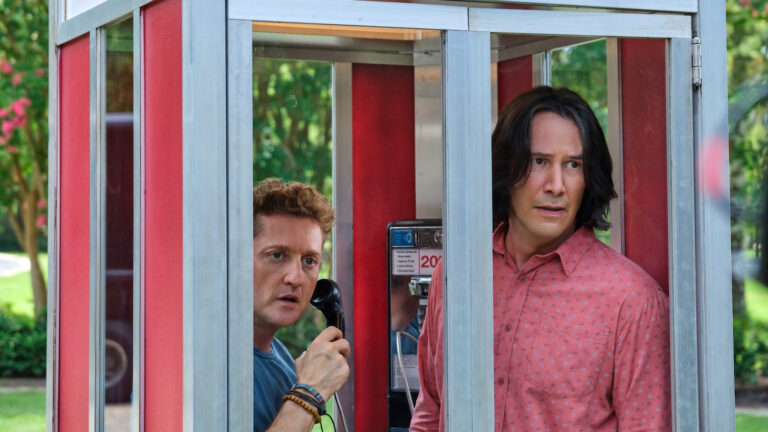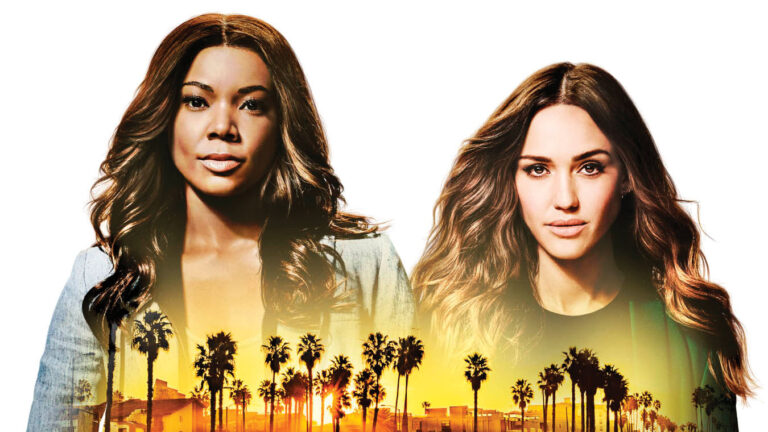Film Review: Lars Von Trier Crafts End-Of-The-World Opus For The Prozac Generation With Melancholia
Waiting For The World To End In Lars Von Trier’s Latest


Disney’s newest princess movie looks weird.



